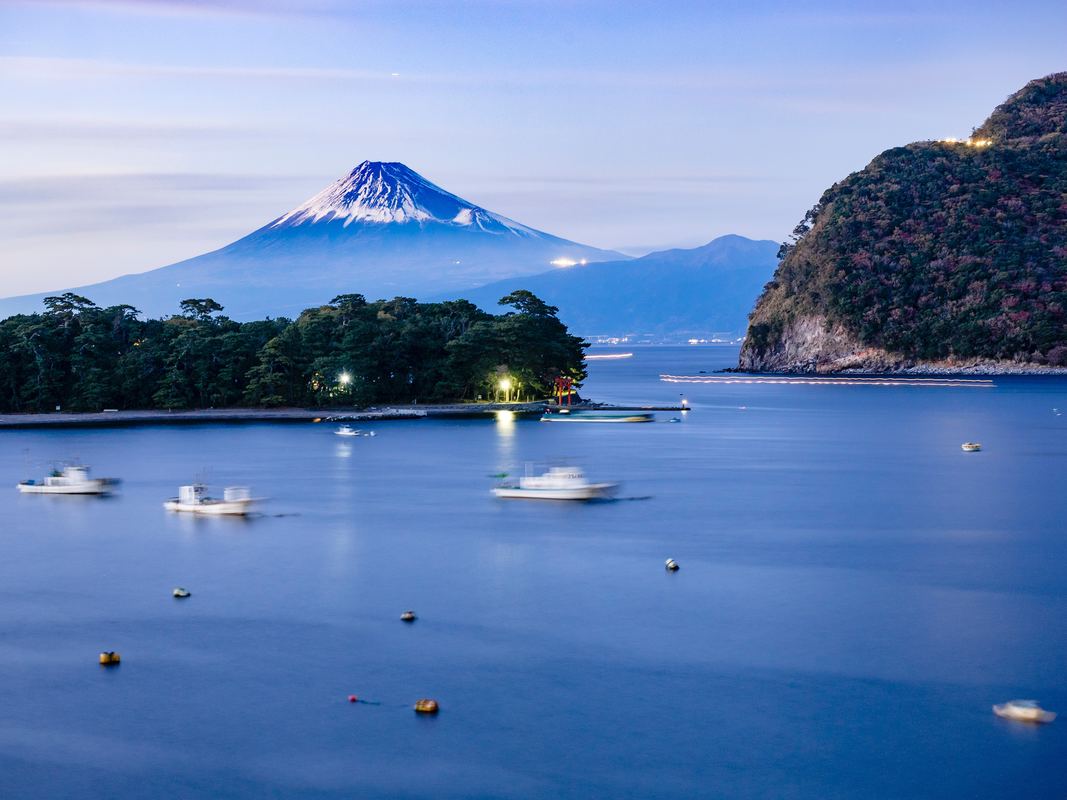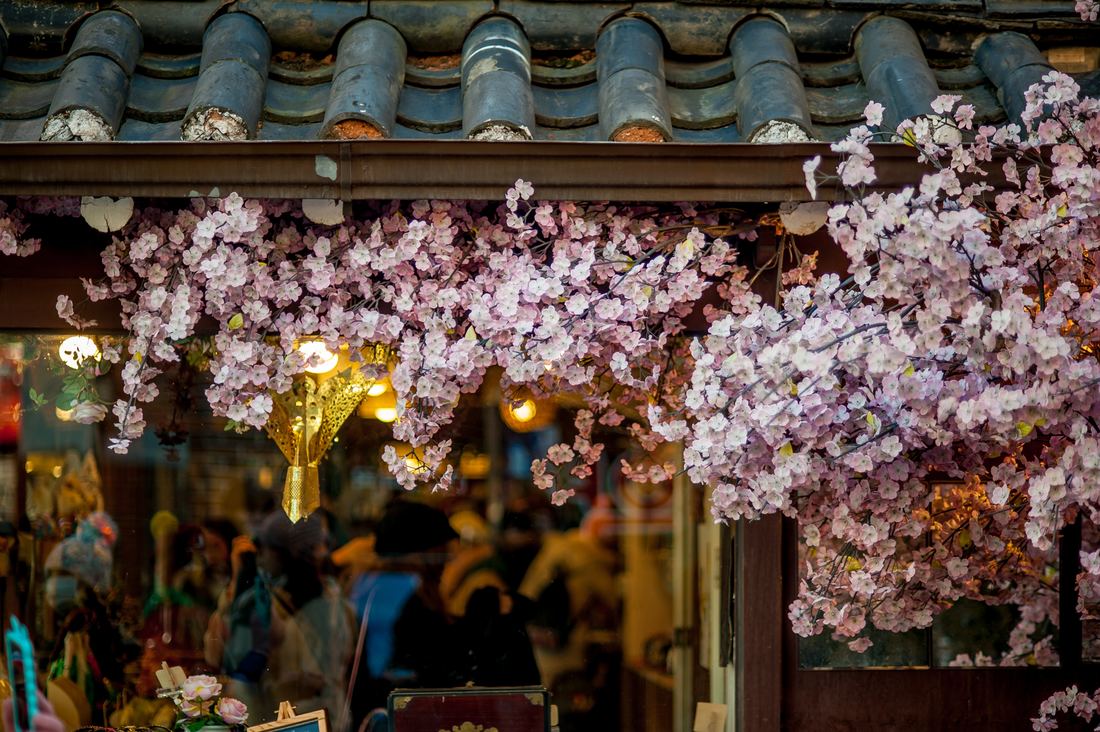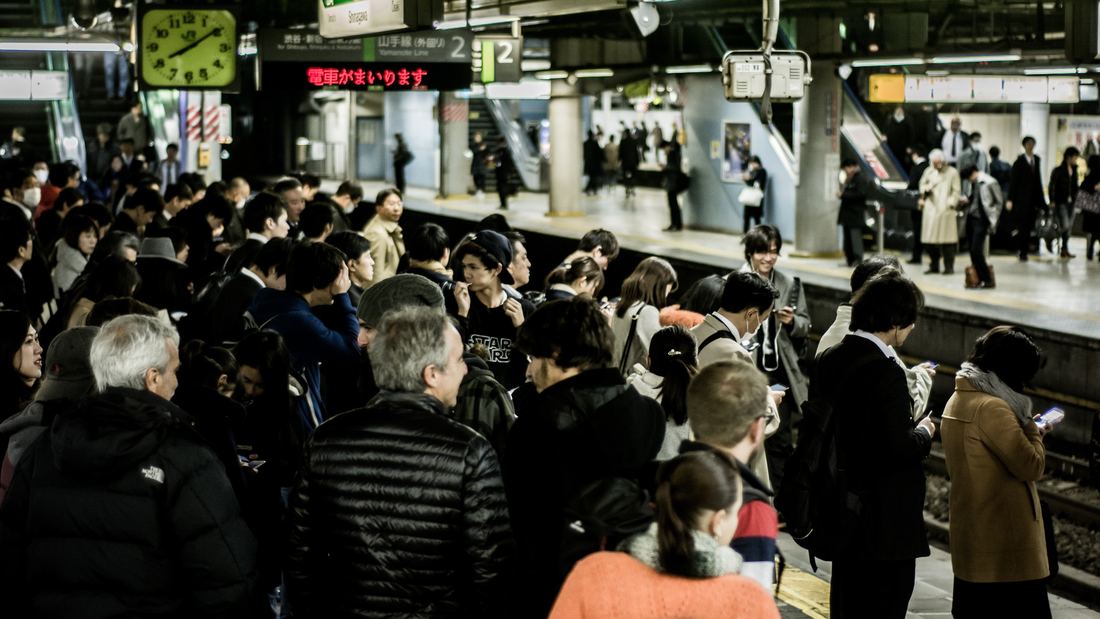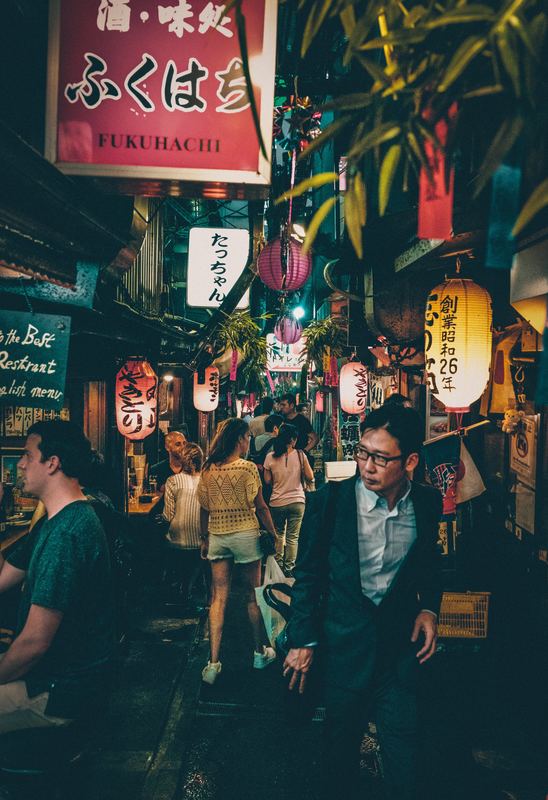
- Always haggle when shopping in the markets. It’s expected. One of the local Australians told us that when haggling, start by halving the amount they are asking for and then you can land on a price half way between that and the top price. It’s lots of fun to haggle but prices are so cheap that sometime you realise you are haggling over 50 cents. That’s when you stop. Always keep it in perspective. You can afford 50 cents but to them it can make a lot of difference.
- If you are going to a show or special event, make sure you book a Tuk Tuk driver to pick you up afterwards. This is when the local drivers will capitalise on the cost of a ride home. Instead of paying $10 – 15 dollars for a ride home you may be paying $30 – 50. About 15 of us went to FantaSea Cultural Theme Park which is about 20 minutes away from the town and up in the hills. You can’t walk home. We had not booked a return Tuk Tuk. There were plenty of Tuk Tuk’s available but the price was close to 3 times as much as it cost us to get there and in this case there was no bargaining. It’s that or be stranded. They know when you're beat!
- Read the sign on the door or window before choosing a massage parlour as some offer more than just massages. Although this may be what some people are looking for, if you don’t want your husband propositioned for extra services then read the door.
- When going down Bangla Road in Thailand, hang on to your men. With a group of 20 people, we hit Bangla Road to see the night life. It was wall to wall people with vendors trying to capture your attention every few feet. But it’s the ladyboys and ladies who are the most prolific source of distraction. Their aim is to get the guys, and girls, into the beer bars, Go-Go bars, Ping Pong Shows etc. and get the men to buy them Lady Drinks. These drinks are more expensive than the customers’ drinks. The more they are bought the nicer the girls are but watch out for the bill or it can get very high.
- If you are staying at a resort and breakfast is included, eat well before you head out for the day. The resort food is normally plentiful and fresh but once you get on the street the flies on the meat on the street vendor’s food and sometimes the street smells can put you off. However there are plenty of great spots to stop and eat. We always looked for food places that had lots of locals eating there as it’s a good indication that the food is good and safe to eat. These are just a few of titbits that we found made a difference to our travels in Thailand. Do you have any great advice to share so that we can all make the most of such a wonderful place? We would love to hear from you. Helen







 RSS Feed
RSS Feed

